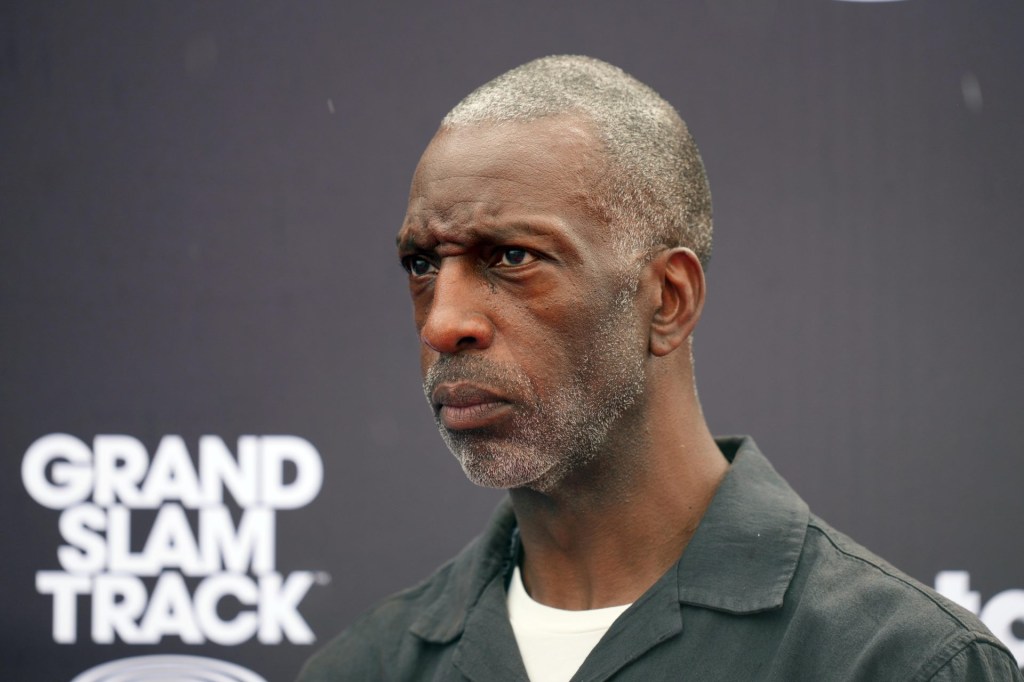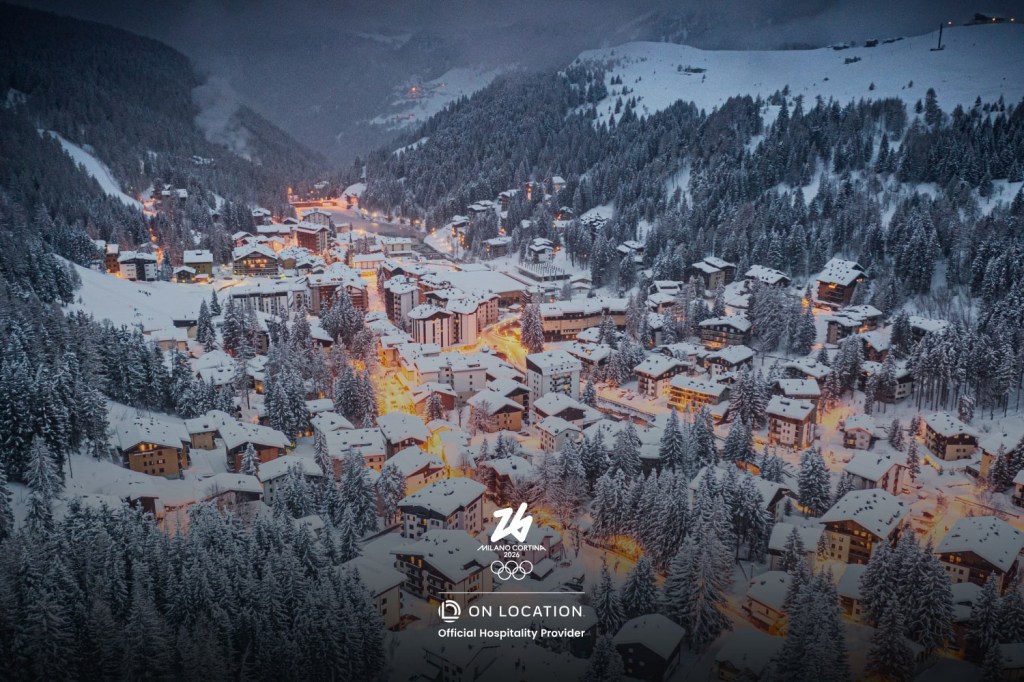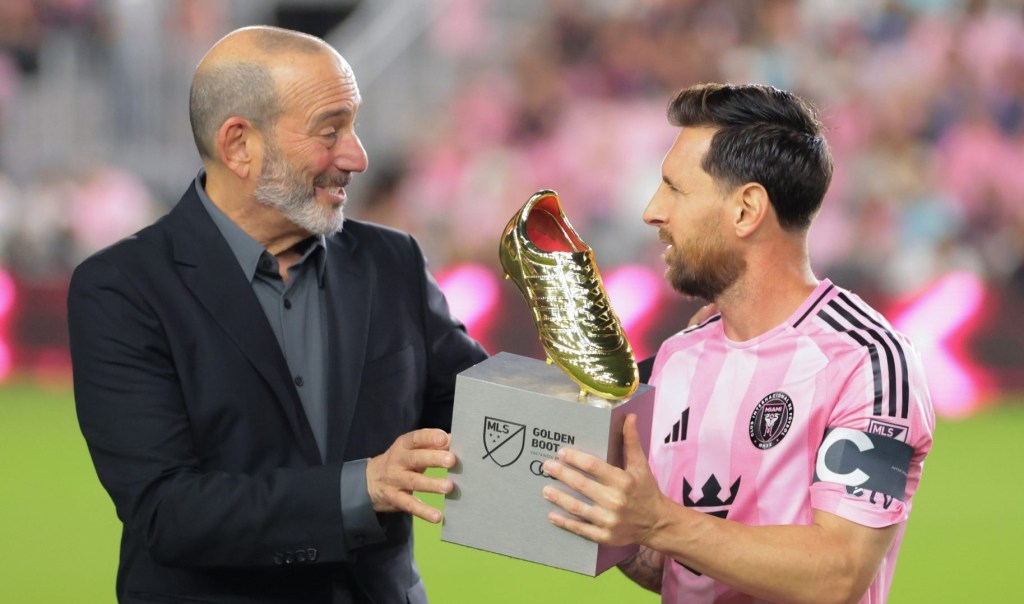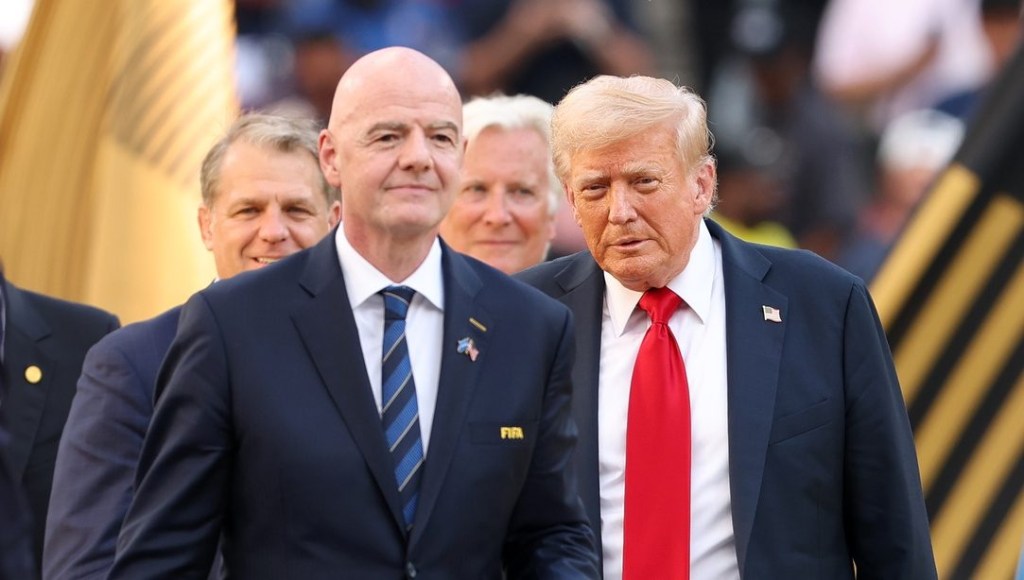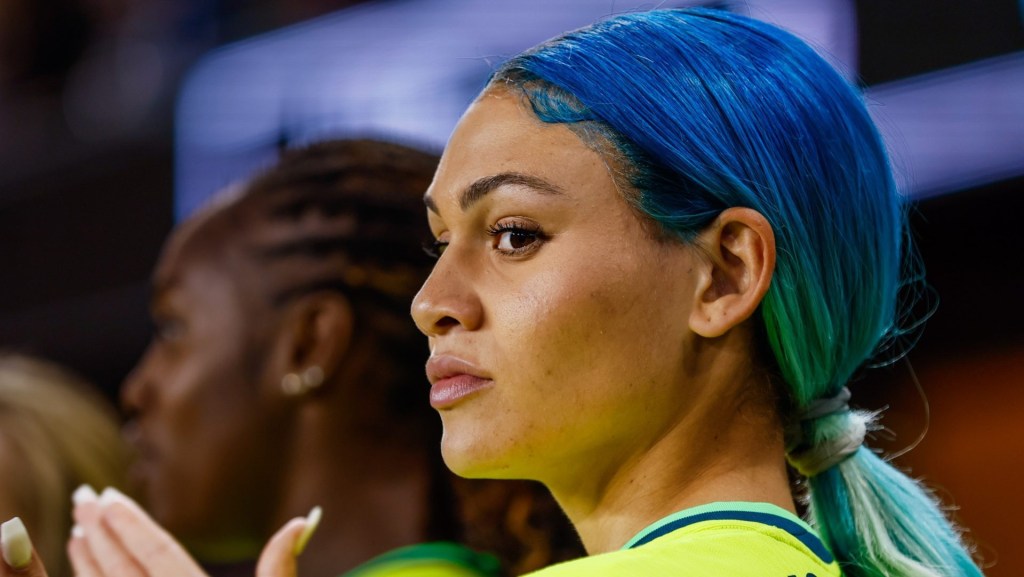The effects of the NHL’s accelerating salary cap are about to be felt in full as the league’s free-agency period begins Tuesday at noon ET.
As the salary cap is rising to $95.5 million for the 2025–26 season, up from $88 million, teams will look to flex that increased spending ability in the open player market.
The cap increase is part of a multiyear plan that will see enlarged increases that reflect the NHL’s expanding revenues, ultimately bringing that cap figure well in excess of $100 million. That plan gained even more solidity last week as the league and NHL Players’ Association agreed to a four-year extension to their collective bargaining agreement.
Top available free-agent talent includes the the Jets’ Nikolaj Ehlers, the Canucks’ Brock Boeser, and the Kings’ Vladislav Gavrikov. Overall, the player pool is not deemed to be laden with stars in their prime, and like the NBA’s free agency that also started this week, is more populated by role players. Just before the start of free agency, another top potential free-agent target, the Maple Leafs’ Mitch Marner, was part of a major sign-and-trade deal in which his rights were dealt to the Golden Knights and he agreed there to an eight-year, $96 million pact.
Still, many teams are eager to break up the Panthers’ two-year hold on the Stanley Cup.
“I think it’ll be busy,” Sharks GM Mike Grier said of free agency. “There’s a lot of things that go into it. You have some teams that are coming out of their rebuild. You’ve got some teams that want to stake the next step playoffs-wise, stuff like that.”
Separate from free agency, the hockey world will still be focused on Edmonton, where superstar Connor McDavid is eligible to sign a contract extension starting Tuesday. If he opts not to, he will enter the final season of his eight-year, $100 million contract and would become a free agent next summer.
Draft Recriminations
The NHL, meanwhile, continues to work through the fallout of this past weekend’s draft, held for the first time in a decentralized format, with team officials working at their respective local complexes. While that structure is similar to how many other leagues run their drafts, it’s a significant departure for hockey.
Teams voted 26–6 to try the decentralized draft, despite misgivings from the league office, as they sought to cut travel costs, as well as have more war-room efficiency and privacy. After a weekend marked by a more disjointed and less connected feel, fewer trades, and some awkward interactions and technical glitches, though, predictions are already starting that a return to the traditional format is forthcoming soon.
“The NHL could be applauded for trying something new. But if you vote again, I’m going to guess it’ll be 32 to nothing to go back to the old self,” TSN analyst Darren Dreger said.
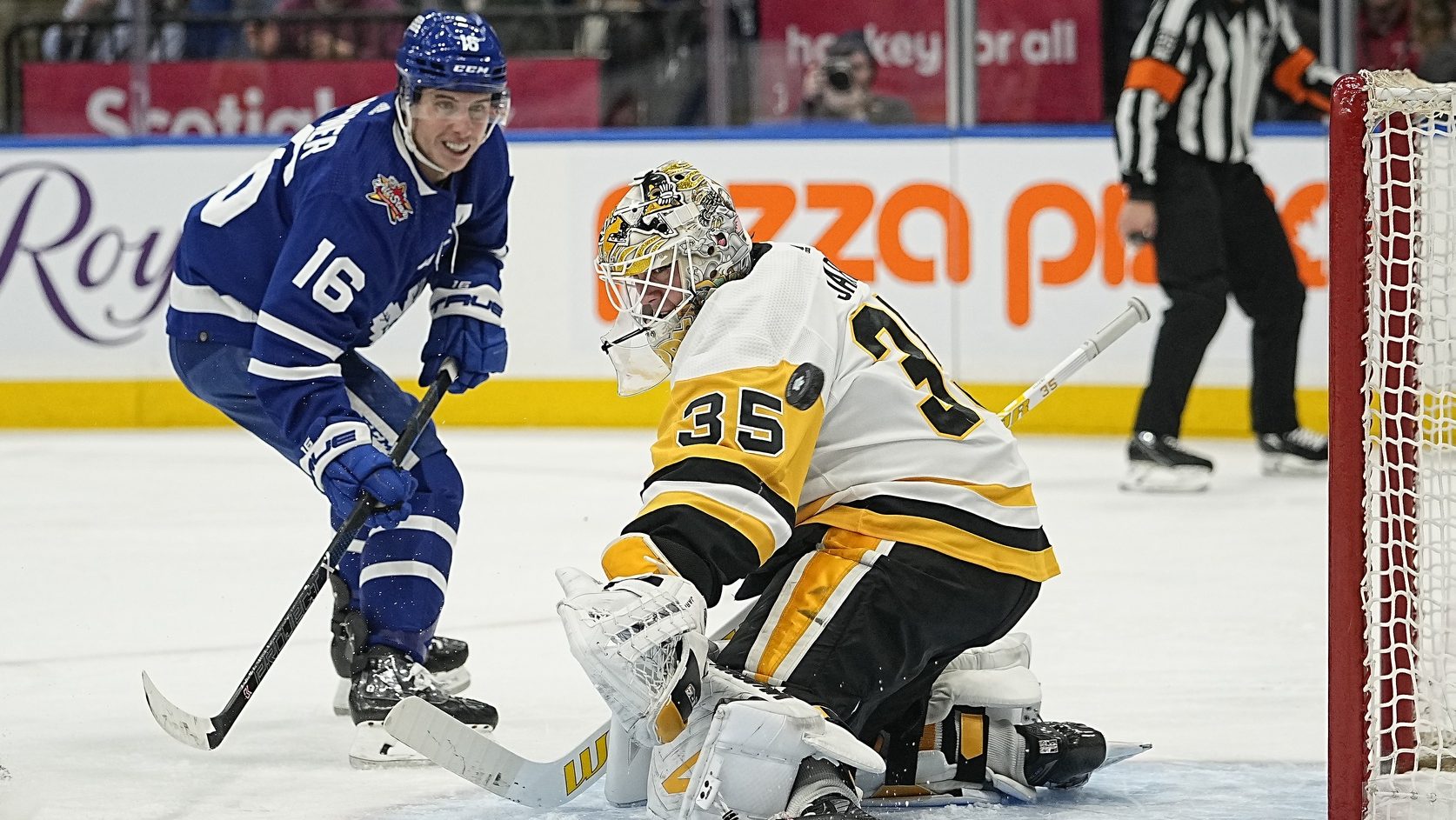

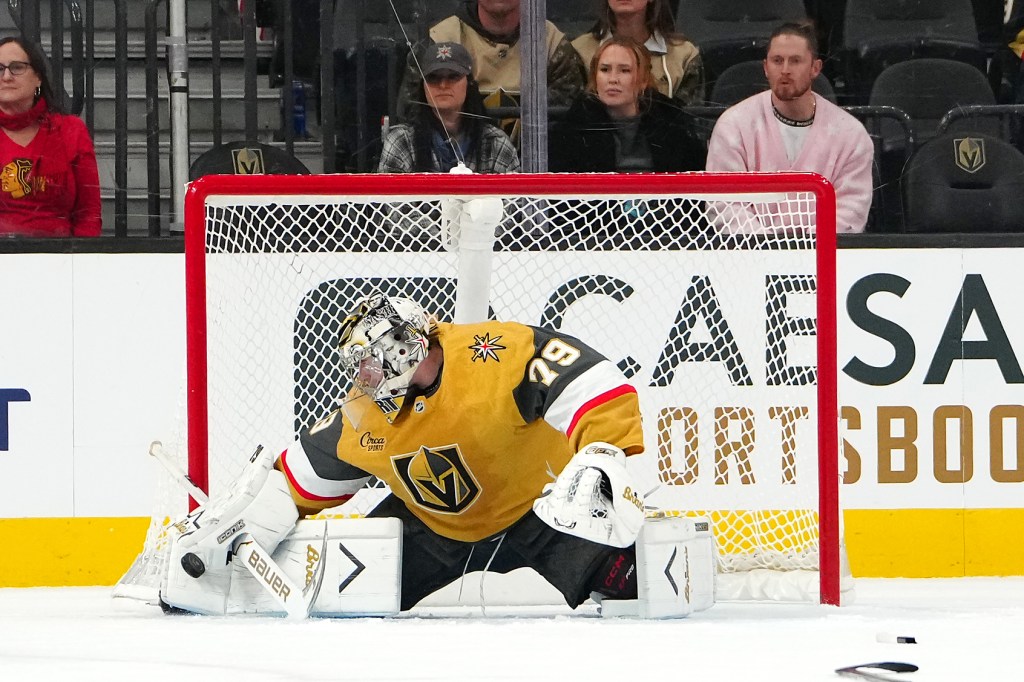
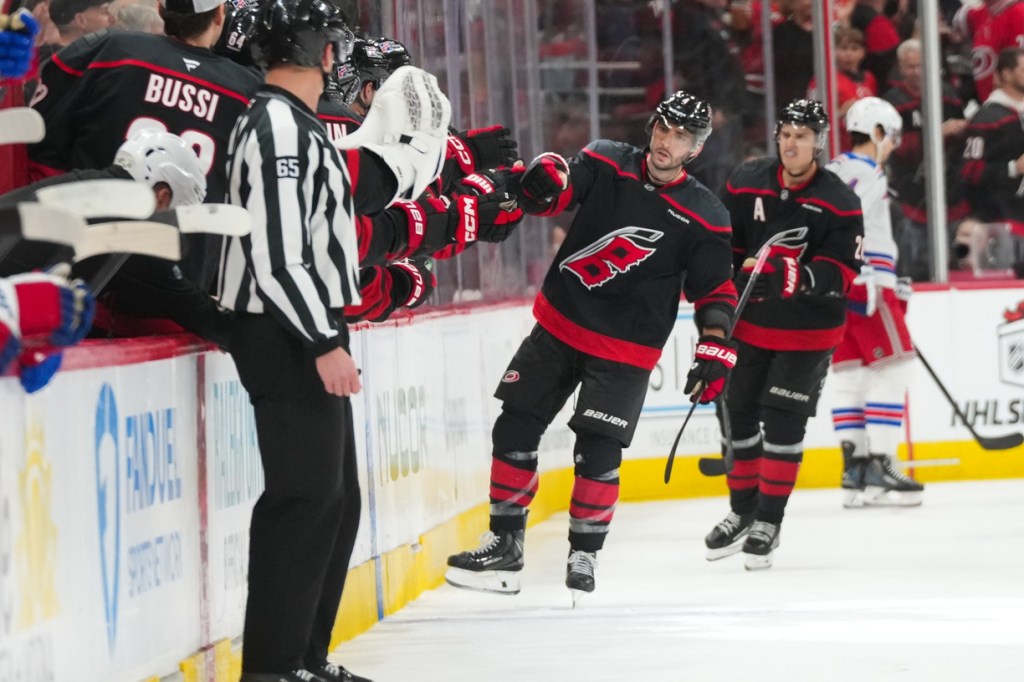
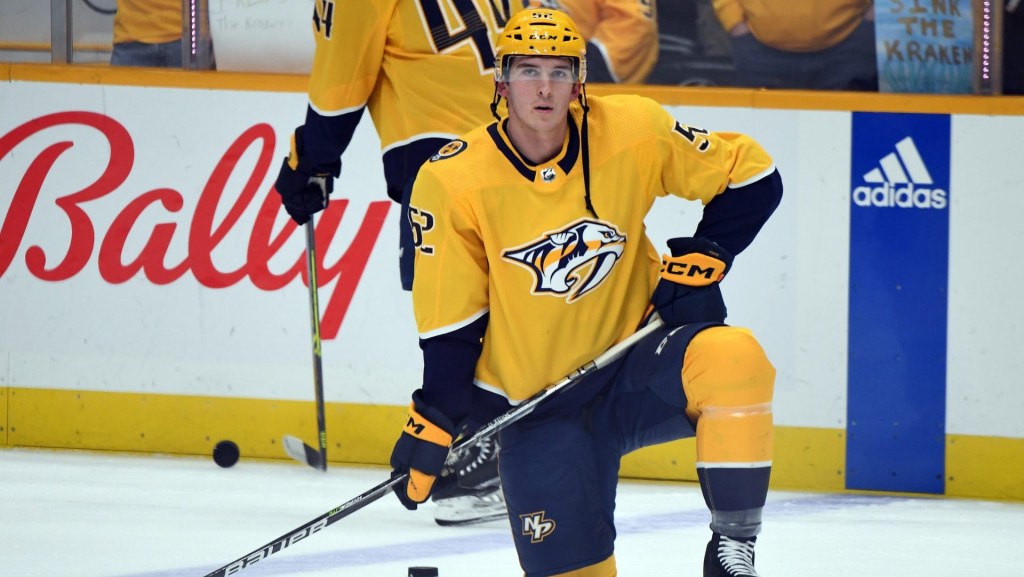


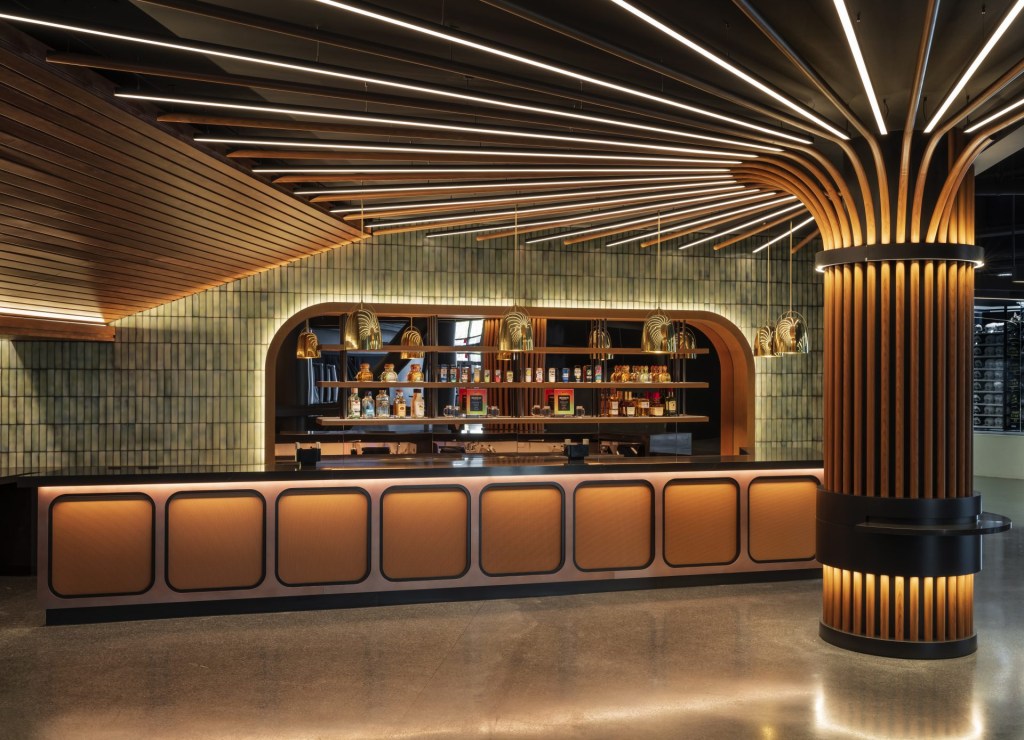

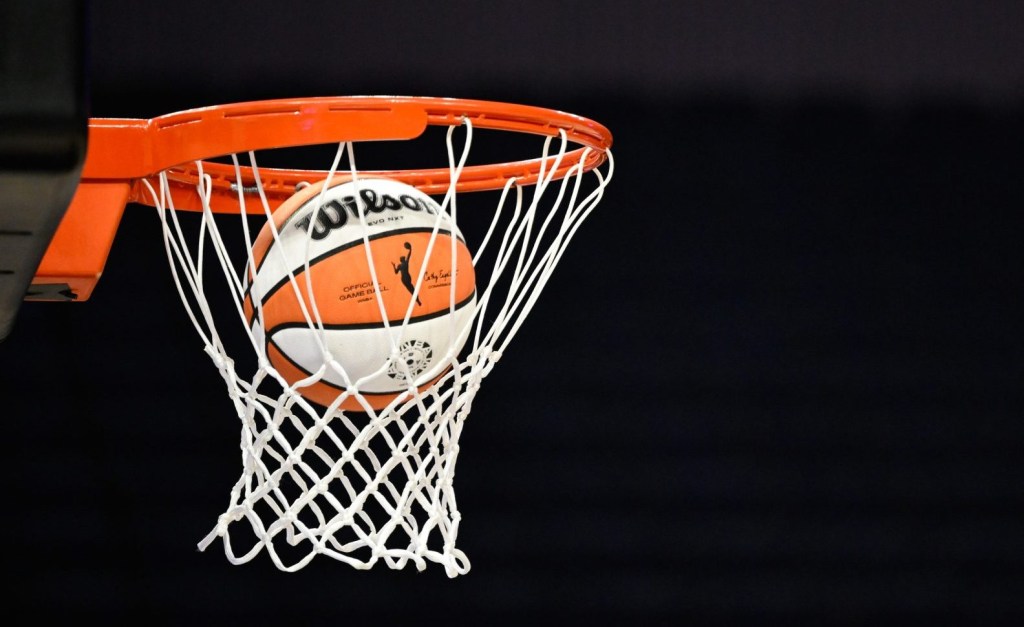
![[US, Mexico & Canada customers only] Dec 5, 2025; Washington, District of Columbia, USA; United States of America President Donald Trump, FIFA President Gianni Infantino and Canada Prime Minister Mark Carney watch from the stands during the FIFA World Cup 2026 Final Draw at John F. Kennedy Center for the Performing Arts.](https://frontofficesports.com/wp-content/uploads/2025/12/USATSI_27745262_168416386_lowres-scaled.jpg?quality=100&w=1024)
